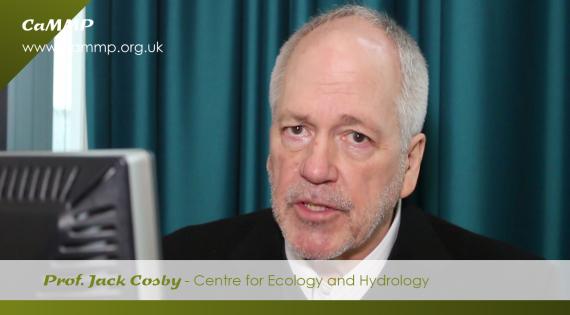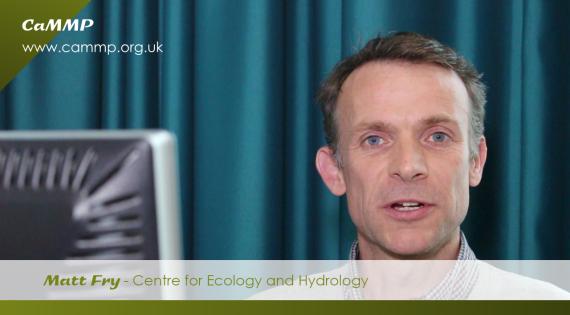Land and water managers are facing a challenging situation trying to manage our catchments and water resources to deliver a complex mix of competing demands. These include targets for improving water quality for multiple pollutants, food security, carbon capture for climate change mitigation, and biodiversity. The Catchment Management for Water Quality project’s ‘community of practice’ have identified key issues which has ensured all the resources made available on this Platform are of practical help in answering real world problems.
While the data and modelling resources on the Platform are freely available from their developers, the material can be hard to track down and may not always be well described. By bringing them together in one place and demonstrating how they can be used to answer a set of key water quality issues, CaMMP provides practical support for a wide range of organisations involved in catchment management from local to national scale.

